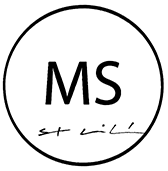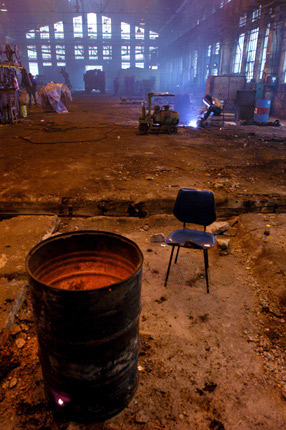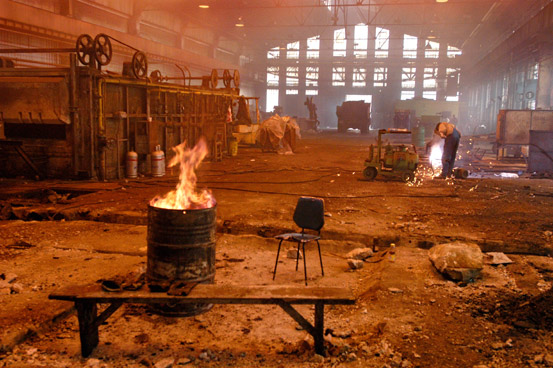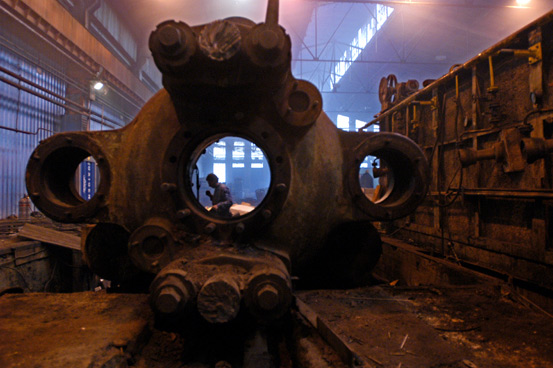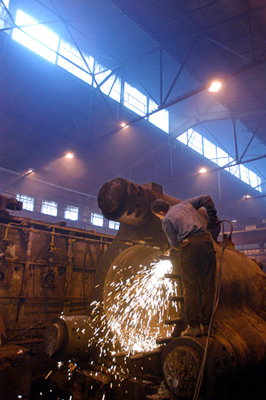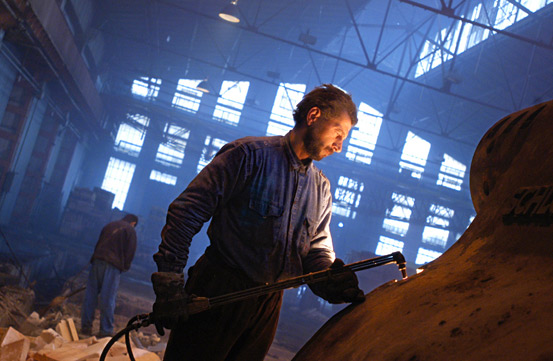This Job Changed my Career
It was an assignment the very day I got fired. I was told by the newly appointed picture editor that he had nothing against me but wanted to bring his team.
I was a freelancer at the time, but Magyar Hirlap, a political daily in Budapest gave me daily assignments, so it was indeed my workplace.
I was just digesting the shock at the publisher´s office as a job came to the photo desk. No-one could take it for some reason, so I was asked by the very editor to do it for that last time.
It was about the once large scale industrial site on the island of Csepel in Budapest. Long vanished socialist industry, once flagship carmaking halls, uncertain future.
I could very much sympathise with that handful of workers I met there. I chose to alter the white balance of my camera to make these warm tones, creating a sepia look, supporting feelings of nostalgy and melancholy.
And that was a hit. At the time in 2004 no-one, I knew worked with raw images. We shot jpg. Meaning that one could not tweak the colour balance that easy afterwards in post-production. I made that on the spot as if I still used film. Dialling up meant, that I could also achieve a very cold look, blue lights pouring through those large windows. It was a great contrast to the sepia past, portraying the harsh realities awaiting.
Delivering this little essay earned me the front page and a seat at the photo desk!
Though later I was told that the previous editor, Tamás Szigeti came to my rescue and spoke of me highly behind the scenes. I´m still grateful for his inspiration and guidance.
(the resolution and small size of these images reflect on the internet of the mid-2000s, as they were featured on my website at the time)
2004, Csepel, Budapest, Hungary
